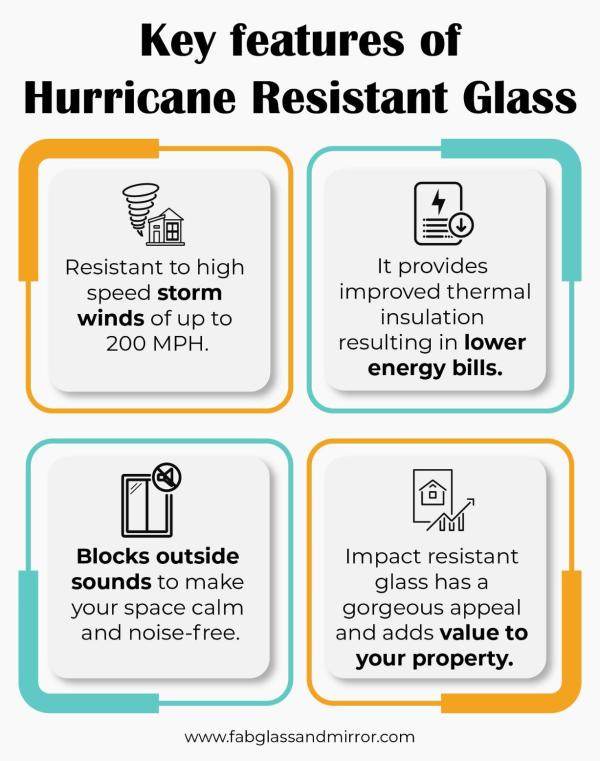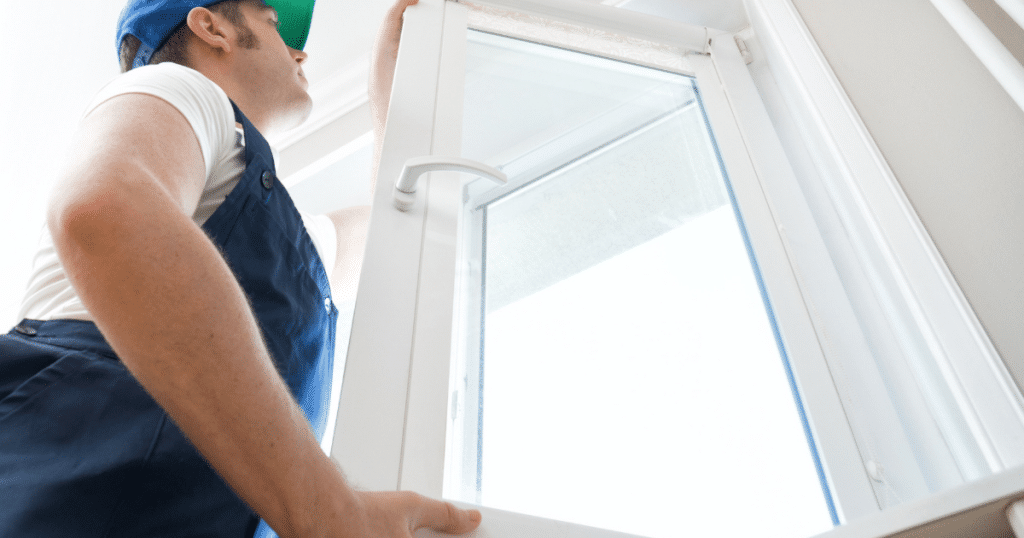So you’ve probably wondered at some point why hurricane glass is so expensive, right? Well, we’re about to shed some light on the matter. As it turns out, the high price tag of hurricane glass is not without reason. This specialized type of glass is designed to withstand the destructive force of hurricanes, protecting homes and buildings from flying debris and strong winds. But creating glass that can withstand such extreme conditions is no easy feat, and that’s why it comes with a hefty price. From the complex manufacturing process to the rigorous testing and quality control, every step contributes to the cost of hurricane glass. So let’s dive into the fascinating world of hurricane glass and uncover the reasons behind its steep price.
Manufacturing Process
Tempering
The manufacturing process of hurricane glass begins with the tempering stage. Tempering is a heat treatment process that involves heating the glass to a high temperature and then cooling it rapidly. This process creates compressive stress on the glass surface, making it several times stronger than regular glass. Tempering also improves the glass’s resistance to impact, making it an ideal choice for hurricane-prone areas.
Laminating
After tempering, the glass goes through the laminating process. Laminating involves sandwiching a layer of polyvinyl butyral (PVB) interlayer between two layers of tempered glass. The interlayer acts as a bonding agent, holding the glass layers together even if they shatter upon impact. This allows the glass to remain intact and prevents shards from flying, providing added safety and protection during hurricanes or strong winds.
Coating
The final step in the manufacturing process is the application of special coatings. These coatings enhance the glass’s durability, strength, and resistance to scratches, while also offering additional features such as UV protection or heat insulation. The coatings used in hurricane glass undergo rigorous testing to ensure they can withstand the harsh weather conditions associated with hurricanes and tropical storms.
Materials Used
Strong and durable glass
Hurricane glass is made from strong and durable materials, such as tempered glass. Tempered glass is produced by subjecting regular glass to a process of controlled heating and rapid cooling, which increases its strength and resilience. This type of glass is designed to resist impacts and extreme weather conditions, making it an essential component of hurricane-resistant windows and doors.
Interlayers
The interlayers used in hurricane glass are usually made of polyvinyl butyral (PVB). PVB interlayers have excellent bonding properties, creating a strong bond between the glass layers. These interlayers are highly elastic and capable of absorbing and dissipating impact energy, further enhancing the glass’s ability to withstand high winds, flying debris, and other forces associated with hurricanes or severe storms.
Special coatings
To improve the performance of hurricane glass, special coatings are applied to the surface. These coatings can provide benefits like increased durability, scratch resistance, and thermal insulation. For example, some coatings are designed to reflect and absorb UV radiation, protecting the interior of buildings from harmful rays. The choice and application of coatings are crucial in ensuring the glass meets the required standards for hurricane resistance.

This image is property of i0.wp.com.
Supply and Demand
The cost of hurricane glass is influenced by the fundamental principles of supply and demand. In areas prone to hurricanes and severe storms, there is a high demand for hurricane-resistant products, including glass. The limited supply of hurricane glass, combined with the specialized manufacturing process and materials involved, drives up the prices. Additionally, the materials used in hurricane glass, such as tempered glass and PVB interlayers, tend to be more expensive compared to regular glass, further contributing to the overall cost.
Quality Standards
Impact resistance
One of the essential quality standards for hurricane glass is its impact resistance. Hurricane glass must be able to withstand the impact of flying debris, such as tree branches or other heavy objects, during severe storms. The glass is subjected to rigorous testing, including the Large Missile Impact Test, which simulates the impact of a high-speed projectile. The ability of the glass to resist impact, prevent penetration, and maintain structural integrity is crucial for its effectiveness as a protective barrier.
Fire resistance
In addition to impact resistance, hurricane glass also needs to meet fire resistance standards. Glass used in hurricane-resistant windows and doors should have the ability to withstand exposure to fire without shattering or allowing flames to penetrate. Fire-resistant hurricane glass can help prevent the spread of fire and provide an additional layer of protection during emergencies.
Noise reduction
Hurricane glass often offers noise reduction properties, which is an additional quality standard. The interlayers used in the glass construction help dampen sound transmission, reducing external noises from entering the interior of a building. This quality makes hurricane glass a popular choice for residential and commercial buildings located in noisy areas or near highways.

This image is property of www.aspwindows.com.
Research and Development
Continual research and development play a significant role in the evolution of hurricane glass. Manufacturers invest in extensive research to improve the glass’s strength, durability, and performance in extreme weather conditions. Ongoing efforts are made to develop new materials, improve manufacturing processes, and enhance the overall quality of hurricane glass. Research also focuses on understanding the impacts of hurricanes and storms on structures, allowing for better design and engineering of hurricane-resistant products.
Transportation and Handling
Fragility
Hurricane glass is known for its strength and durability, but it still requires careful handling during transportation. The glass panels can be fragile and susceptible to breakage if mishandled. To ensure the glass arrives at its destination intact, manufacturers and distributors take special precautions, such as using custom-made crates, protective padding, and securing the glass panels to prevent movement and potential damage in transit.
Packaging
Proper packaging is crucial to protect hurricane glass during transportation. Each glass panel is individually packaged to prevent scratches, chips, or cracks. The packaging materials used are designed to absorb shocks and minimize the risk of damage during handling and transit. Robust and secure packaging helps maintain the glass’s integrity and ensures it reaches the customer in optimal condition.
Specialized equipment
Due to the size and weight of hurricane glass panels, specialized equipment is required for their transportation and handling. Cranes, forklifts, and other lifting devices are used to load and unload the glass safely. Manufacturers and suppliers invest in this equipment to ensure smooth logistics and minimize the risk of accidents or damage to the glass during transportation.

This image is property of images.contentstack.io.
Installation and Expertise
Specific skill set
Installing hurricane glass requires a specific skill set and expertise. It is not a DIY project and typically requires professional installation by trained technicians. The glass panels must be securely mounted into the window or door frames, ensuring a proper seal to withstand high winds and prevent water infiltration. Installers need to have a thorough understanding of the product, construction techniques, and building codes to ensure the glass is correctly installed for optimal performance.
Time and labor
The installation of hurricane glass can be more time-consuming and labor-intensive compared to standard glass. Due to the additional strength and thickness of the glass panels, precise measurements, careful handling, and meticulous attention to detail are essential during the installation process. The expertise and time required for installation contribute to the overall cost of hurricane glass.
Cost of Testing and Certification
Meeting the rigorous quality standards for hurricane glass involves extensive testing and certification processes. These tests can be time-consuming and expensive. Manufacturers invest in testing facilities and equipment to conduct impact resistance, fire resistance, and other required tests. The costs associated with these tests, as well as the certification by accredited organizations, are factored into the overall cost of hurricane glass.

This image is property of eliteimpactglass.com.
Varied Applications
Architectural uses
Hurricane glass finds widespread use in architectural applications. It is commonly used in residential homes, commercial buildings, and high-rises located in hurricane-prone regions. Hurricane-resistant windows and doors provide peace of mind, protecting buildings and their occupants during severe weather events. The use of hurricane glass in architecture also allows for large, floor-to-ceiling glass panels, providing unobstructed views while maintaining safety and security.
Automobile industry
The automobile industry also utilizes hurricane glass in vehicle manufacturing. Cars, trucks, and other vehicles can be equipped with laminated glass for improved safety and protection. Hurricane glass in automobiles can withstand impact, reduce the risk of shattering, and enhance the structural integrity of the vehicle. This added safety feature is particularly beneficial in regions prone to hurricanes or severe weather conditions.
Aerospace industry
The aerospace industry has also recognized the benefits of hurricane glass. In certain aircraft windows, laminated glass is used to withstand the impact of bird strikes or other airborne hazards. The interlayers in the glass provide additional strength and prevent the glass from shattering, ensuring the safety of passengers and crew. Hurricane glass has become an essential component in aviation, enhancing the protection and reliability of aircraft windows.
Maintenance and Longevity
Proper maintenance is essential to ensure the longevity and continued effectiveness of hurricane glass. Regular cleaning with mild soapy water or specialized glass cleaners helps remove dirt, debris, and salt buildup from the glass surface. Avoid using abrasive materials or harsh chemicals that could damage the glass or its coatings. Inspecting for any signs of damage or wear, such as cracks or delamination, is important for identifying potential issues and taking appropriate action to maintain the glass’s performance. With proper care and maintenance, hurricane glass can last for many years, providing reliable protection against severe weather conditions.
In conclusion, the cost of hurricane glass can be attributed to various factors, including the specialized manufacturing process, the materials used, adherence to quality standards, transportation and handling considerations, installation expertise, and the extensive testing and certification procedures. The strength, durability, and performance of hurricane glass make it an essential investment for areas prone to hurricanes and severe storms. Whether used in architectural, automotive, or aerospace applications, hurricane glass offers unparalleled protection and safety, ensuring the well-being of buildings, vehicles, and occupants in the face of extreme weather events.

This image is property of images.contentstack.io.
